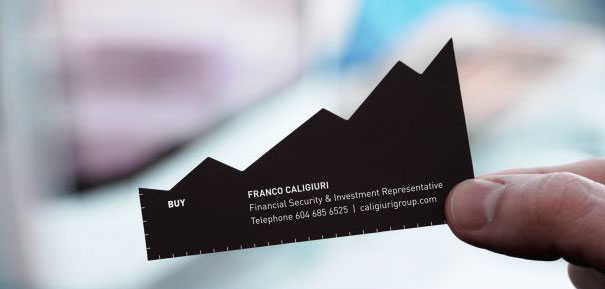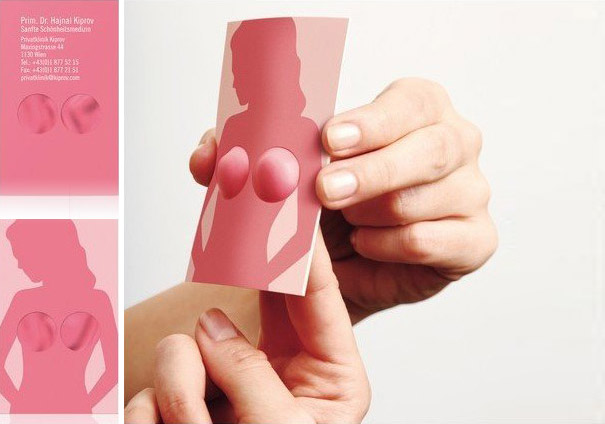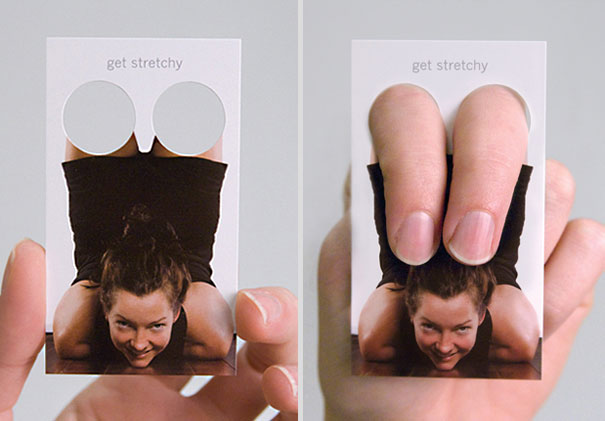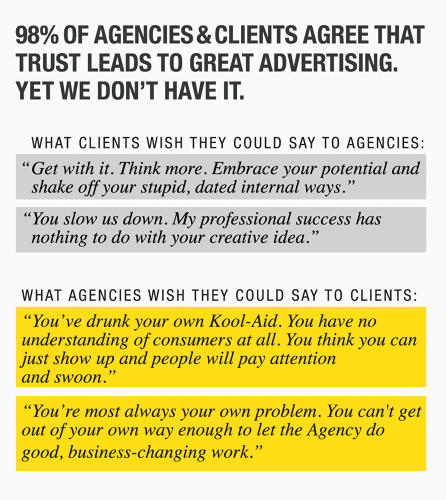Recently, we had a project in class designed to advertise ourselves, business cards. As I scoured the internet for examples and fun ideas I noticed that I never really had to advertise myself before, other than a LinkedIn and my Resume. Upon selecting a strategy and printing out my finalized cards I started handing them out after interviews. Many recruiters were surprised that a student would even have a business card and were impressed with this additional work I had done. Some articles I had read during strategy development even suggested that business cards were an outdated way of giving out basic information, not true. Business cards whether creative or personal allow you to make a first impression and represent yourself with a physical object. It is a road map to opportunity. It could lead you to a job, business partnership, or even win you some new customers of your own in the case of owning a business.
When designing your card you have to think about some basics. Who do I want to see my card? Who am I marketing myself to? What do I want to represent myself as? Once we answer some of these questions we have a better understanding of what the card should look like. A phone number, email, name, and title are also indirect requirements when thinking about the text that should be integrated into the card as well. Below are a few examples of some creative business cards and some that allow interactive advertising.
A Financial Management Company
A Cosmetic Surgeon's Business Card
A Yoga Studio's Business Card
Sources:
http://www.boredpanda.com/creative-business-card-designs/
http://lifehacker.com/why-business-cards-still-matter-and-how-to-effectively-1651222760












